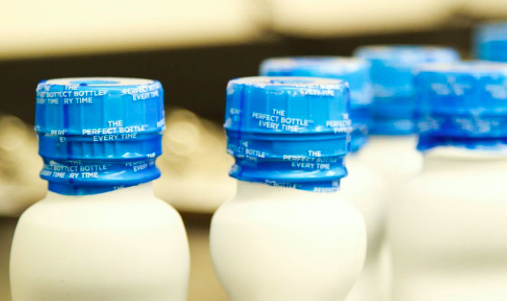The amount of toxic chemicals that scientists say we are exposed to is incredibly alarming, but it turns out those scary figures that have long been reported are actually wrong – and the real numbers are even higher.
This is according to a study published in the journal The Lancet Diabetes & Endocrinology. The researchers in the study developed a more accurate method for measuring the levels of bisphenol A (BPA) in humans and found that the measurements used by regulatory agencies like the FDA are seriously flawed and may be underestimating our exposure levels by up to 44 times.
The chemical is found in a broad range of plastics, and this includes containers used for packaging food and drinks and hygiene products. In the 1950s, chemists discovered they could mix it with other compounds to create strong and resilient plastics. It is also used to create epoxy resins that are spread on the inside lining of canned food to stop the metal from corroding. In addition, it can be found in household electronics, sports equipment, dental filling sealant, eyeglass lenses, and thermal printer receipts.
Animal studies have shown that BPA interferes with hormones, with fetal exposure to BPA being linked to problems with metabolism, fertility, behavior and growth, along with an increased risk of cancer…
Although the FDA previously claimed that BPA is safe and that people are exposed to such small amounts that there is no need to worry, they nevertheless banned the use of BPA in baby bottles and sippy cups used by children. And it now appears our exposure has been far greater than believed.
It’s particularly dangerous for babies and children because it can interfere with the production of male and female chromosomes as well as sperm and eggs.
Unfortunately, some of the chemicals that manufacturers have been using in BPA-free products, particularly BPS and BPF, have been shown to have similar effects to BPA. Experts say that plastic items that bear recycling numbers of 3 and 7 likely contain one of these chemicals, but the best approach is to avoid plastic altogether wherever possible, particularly when it comes to food packaging. Read more…

